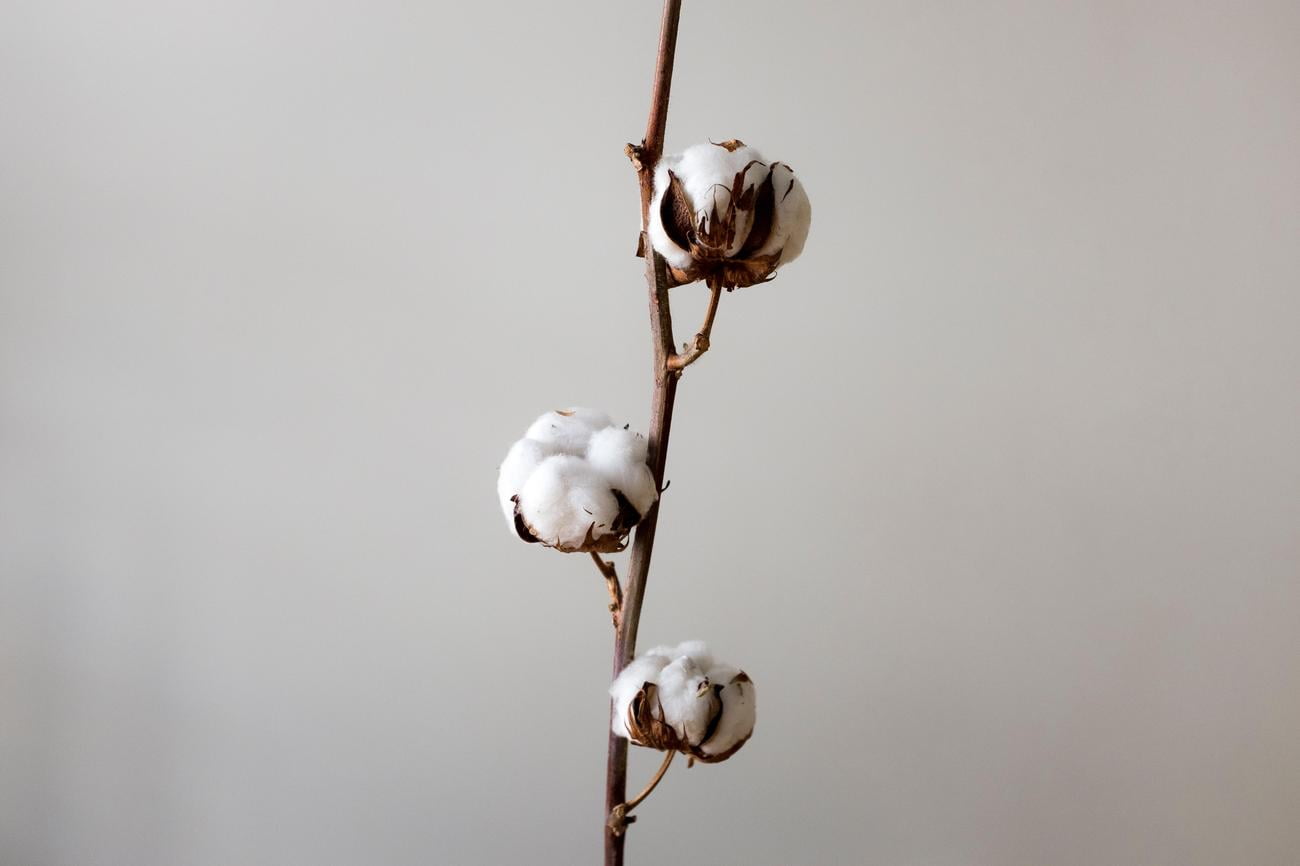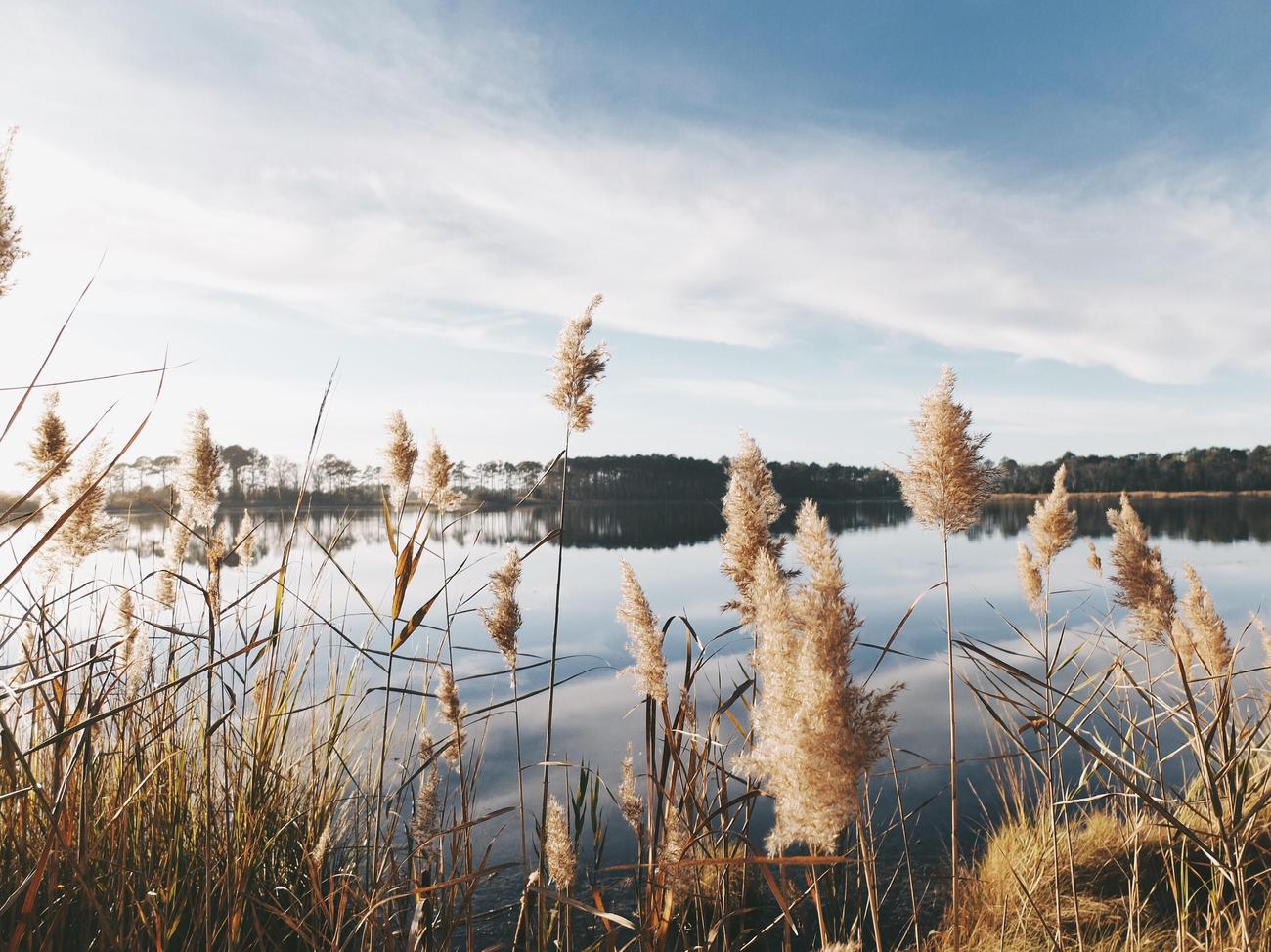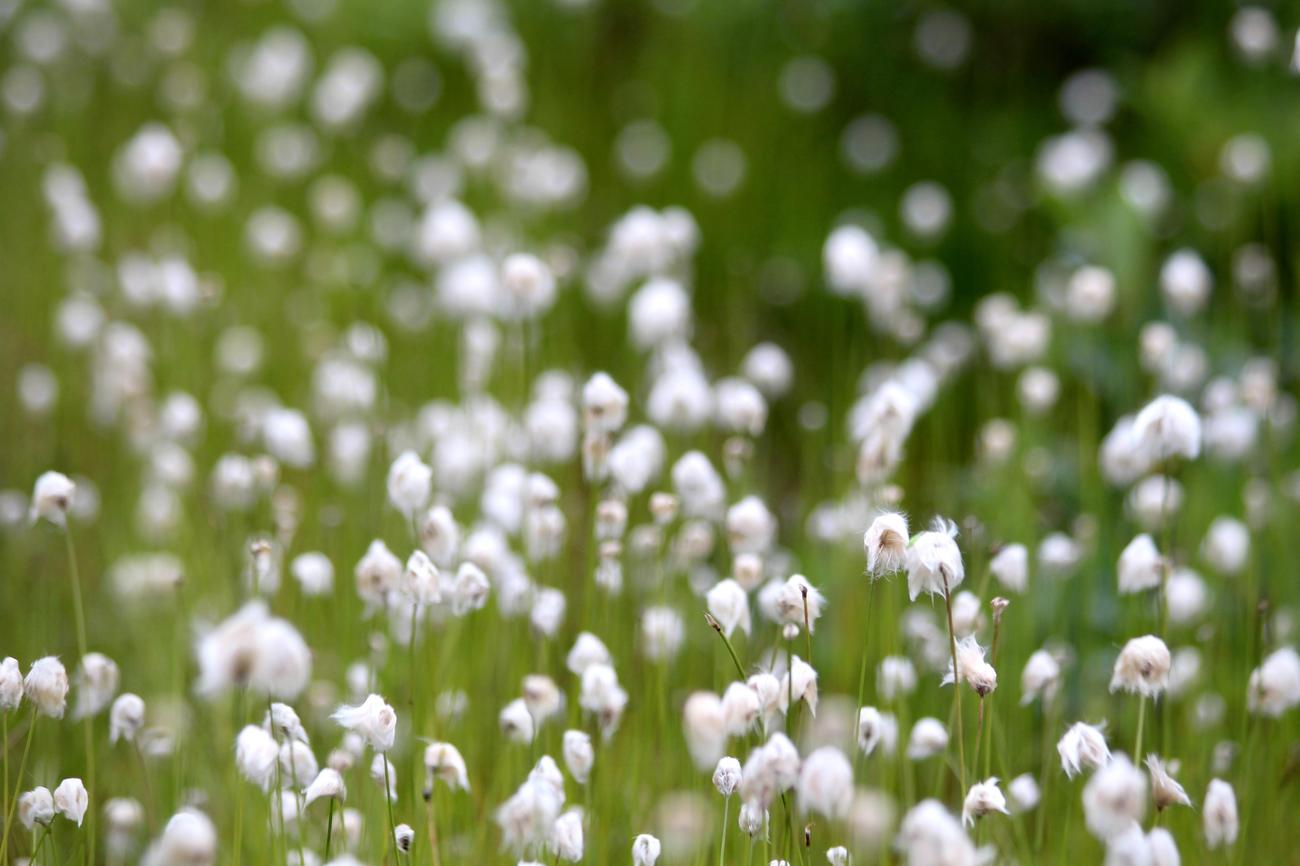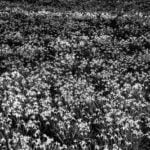Are you curious to uncover the secrets of cotton farming? In this article, we will delve into the fascinating world of cotton plants and unravel three intriguing facts that will leave you amazed. As an experienced agricultural journalist with a deep understanding of sustainable farming practices and a passion for educating readers, I have dedicated years to studying the intricacies of cotton cultivation. Through extensive research, interviews, and fieldwork, I have discovered captivating insights about this vital crop. Get ready to explore the unique characteristics of cotton and gain a deeper understanding of its impact on the environment. Join me on this journey as we unveil the essence of cotton farming with these three intriguing facts.

3 Facts About Cotton Plant
Cotton, the versatile and widely cultivated crop, has always captivated farmers and scientists alike. In this section, we will delve into three intriguing facts about cotton plant that will shed light on its uniqueness and significance. Let’s explore these fascinating aspects of cotton farming together!
Fact 1: Cotton – A Miracle Fiber
Cotton, a member of the Malvaceae family and the Gossypium genus, has a remarkable ability to adapt and thrive in various growth forms. Depending on the variety, it can grow as a herbaceous plant, a bush, or even a towering tree. Imagine strolling through a cotton field, with plants reaching heights of up to 6 meters (or 19.7 feet) in tropical regions. These impressive cotton plants, with their large, green, lobed leaves, form a stunning sight.
“Cotton, a true chameleon of the plant kingdom, effortlessly changes its appearance to fit its surroundings.”
Fact 2: The Cotton Boll – Nature’s Protective Armor
Cotton’s life cycle culminates in the production of bolls, which encase its precious seeds. Initially, cotton plants bear delicate white or yellow flowers that eventually transform into protective pods. These bolls shield the cotton seeds from external harm, ensuring their safety until harvest. The formation of these bolls signifies the beginning of the textile journey that awaits the harvested cotton.
“Cotton bolls, akin to Mother Nature’s armor, shield the seeds from harm, preserving their worth.”
Fact 3: Cotton Fiber – A Natural Wonder
The heart and soul of the cotton plant lies in its remarkable fibers. Cotton fibers, made primarily of cellulose, showcase exceptional properties. They are incredibly strong, especially when wet, setting them apart from other cellulose fibers. The impressive composition of cotton fibers consists of approximately 87-90% cellulose, 5-8% water, and 4-6% natural impurities. These fibers provide the backbone for everything from soft and breathable clothing to luxurious home textiles.
“Cotton fibers, the crowning glory of the cotton plant, weave a tale of strength, versatility, and unparalleled comfort.”
In summary, these three intriguing facts about cotton plant offer a glimpse into its captivating nature. From its ability to transform its growth form to the protective power of its bolls, cotton continues to bewitch the world with its presence. And let’s not forget the remarkable properties of its natural fibers, which eternally contribute to the comfort and sustainability of various industries.
So, the next time you come across cotton, take a moment to appreciate the wonders it holds within. The cotton plant, with all its complexity and charm, truly deserves its place in the spotlight.
“By unraveling the mysteries of the cotton plant, we uncover a world full of wonders, waiting to be explored.”
Cotton is a versatile and fascinating plant. Did you know that it has been used for thousands of years to make clothing and textiles? If you’re curious to learn more about this incredible fabric, check out these 3 facts about cotton. Just click this link to discover the surprising secrets behind this natural wonder.
3 Facts About Cotton Plant
Did you know that cotton cultivation is full of intriguing details? From its historical significance to its current global consumption patterns, there is so much to discover. Learn more about the fascinating world of cotton and its unique weaving techniques using cotton. Find out how this versatile material has shaped our lives and explore the intriguing details on cotton cultivation. Discover the global consumption patterns of cotton and gain a deeper understanding of this essential resource. Click here to uncover the secrets of cotton: intriguing details on cotton cultivation. Delve into the world of fabric and explore the innovative and unique weaving techniques using cotton. Unravel the mysteries of cotton and explore its fascinating journey from field to fabric. Click here to embark on a textile adventure: unique weaving techniques using cotton. Finally, delve into the global consumption patterns of cotton and discover the impact that this humble plant has on our everyday lives. Learn how cotton plays a vital role in numerous industries and explore its fascinating journey around the world. Click here to uncover the global consumption patterns of cotton: global consumption patterns of cotton.

FAQ
Q: What is the origin of cotton?
A: Cotton is native to Asia and Africa and is cultivated as an annual crop.
Q: How tall can cotton plants grow?
A: Cotton usually grows 3.3 to 4.9 feet in height but can reach up to 6 meters in the tropics.
Q: How many species of cotton are used for fiber production?
A: There are 50 species of natural cotton, but only 4 species are used for fiber production.
Q: Which countries are the largest producers of cotton?
A: The primary countries for cotton production are China, India, the United States, and Pakistan.
Q: What are the main components of cotton fibers?
A: Cotton fibers are composed of about 87-90% cellulose, 5-8% water, and 4-6% natural impurities.
- Unlock Water’s Symbolism: A Cross-Cultural Exploration - April 20, 2025
- Identify Black and White Snakes: Venomous or Harmless? - April 20, 2025
- Unlocking Potential: Origins High School’s NYC Story - April 20, 2025















